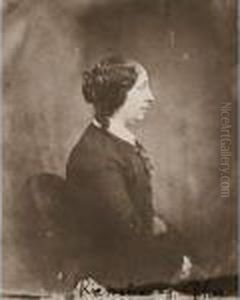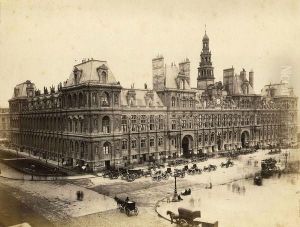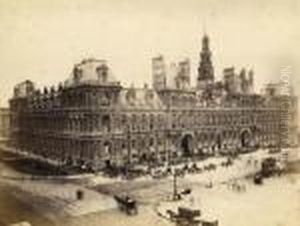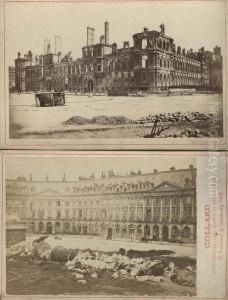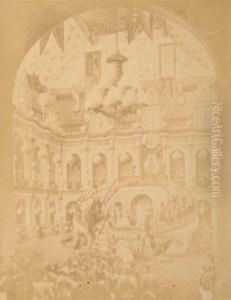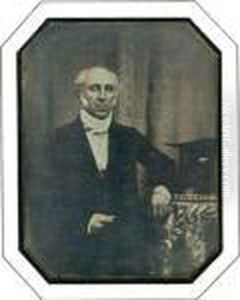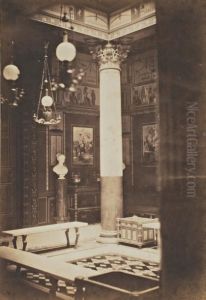Pierre-Ambroise Richebourg Paintings
Pierre-Ambroise Richebourg was a significant figure in the early days of photography, born in 1810 in France. He was a pioneering photographer and is best known for his architectural and landscape photography, as well as his work documenting artworks and sculptures. Richebourg's contributions to the field of photography were considerable during the mid-19th century, a time when the medium was still in its infancy and rapidly evolving.
Richebourg's entrance into the world of photography came after initial training as an engraver, which was common for early photographers who were often skilled in other art forms. His shift to photography coincided with the technological advancements of the era. He honed his skills in the daguerreotype process, the first publicly available photographic process introduced by Louis Daguerre in 1839. Richebourg was part of the first wave of photographers who explored this new artistic and documentary medium.
Throughout his career, Richebourg worked on a variety of projects. He was particularly known for his work in documenting the transformation of Paris during the time of Baron Haussmann's renovations in the mid-19th century. These renovations dramatically changed the landscape of Paris, and Richebourg's photographs serve as an invaluable record of the city before, during, and after the renovations. He captured the demolition of old neighborhoods, the construction of new boulevards, and the erection of new buildings, recording the changing face of the city for posterity.
In addition to his architectural work, Richebourg also photographed artworks and sculptures, which was a significant contribution to the fields of art history and preservation. His photographs of artworks allowed for greater dissemination of the images of famous sculptures and paintings, which could then be studied and enjoyed by people who were unable to visit the museums or sites where the originals were located.
Throughout his life, Richebourg enjoyed a respectable reputation as a photographer and was involved in various exhibitions. He was also active in the emerging photographic societies of the time, which were crucial for the promotion and development of photography as both art and science.
Pierre-Ambroise Richebourg passed away in 1875, leaving behind a legacy that is still appreciated by historians and photographers alike. His work remains a valuable historical resource, providing insight into the 19th-century art world and the urban development of Paris. Richebourg's photographs are not only important from a documentary standpoint but also demonstrate the early artistic potential of photography, highlighting his role as one of the trailblazers of the medium.
